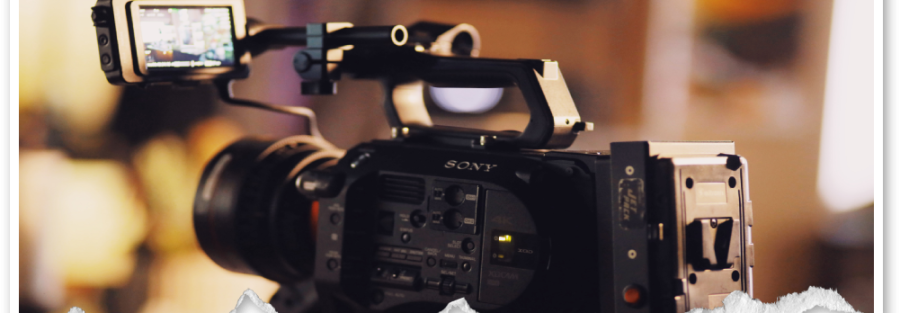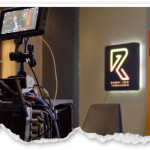Before and after videos are an important part of the marketing industry. It gives your audience a clearer understanding of what your product or service can do for them.
Before and after photos are common, but before and after videos are becoming increasingly popular as a dynamic alternative. Applying the concept before and after the video allows you to get all the benefits of format as well as the benefits of a video.
If you’re ready to create a before and after videos for your brand, here are five great ways to apply it to your production for the best results.
1. Understand Your Audience
Understanding your audience is the first best practise. This is essential for any marketing strategy, but it is especially crucial for before and after videos. Why? Knowing your target market will enable you to focus on the aspects of the change. That are most likely to persuade them to buy.
You’ll also be able to determine other details such as how to disseminate your material, the tone of your video, and the video’s call-to-action. None of these aspects are one-size-fits-all, and knowing who you’re talking to will help you nail the details.
2. Start with a Script and Storyboard
Next, make sure you have a screenplay and a storyboard ready for your production. Although you may believe that a before and after shot is easy enough to omit these phases. But practically every video should have a narrative and storyboard to guide the process.
This forethought will help you make the most of your production day and guarantee that your material offers a unified message. If you don’t do this, you can end up with only the before and after notion and no other structure to guide the film.
3. Take Photos
Don’t forget to capture some images while you’re recording your video. This may seem self-evident, but you’d be amazed how often individuals overlook the potential to accomplish two objectives at the same time.
Because you’ll already have a set up that showcases your goods in the greatest light, taking still photographs at the same time to optimise your on-set material is a no-brainer. Even if the photographs aren’t required for the film, you’ll be pleased you took them for future marketing strategies and campaigns.
4. Show Multiple Angles
Make sure to capture several views in both picture and video footage. So that you can offer viewers the best idea of the shift. If you’re displaying a backyard before and after furniture installation, for example, be sure to present the view from a few different angles to get the whole image.
Again, take more footage on set than you think you’ll need to provide yourself alternatives for the video cut and future marketing products. If your vision changes significantly during post-production, the more footage you’ve shot, the more flexibility you’ll have.
5. Keep Most Elements Consistent
Finally, make sure that anything outside of the transformation’s scope is consistent. From the before to the after images, don’t change the lighting, angles, or other technical features. This is useful for a number of reasons. For starters, it makes it easier for viewers to pinpoint exactly what has changed. Because everything else merges into the background, they’ll be compelled to notice the focus point.
It also shields you from a typical criticism about before and after content. That the auxiliary pieces were changed to make the transition appear more dramatic than it was.
We’ve all seen haircut transformation films where the “after” photo features wonderful lighting, professional makeup application. Further, a happy face, whereas the “before” shot didn’t. Audiences will see right through you, and they will not enjoy your ruse. Instead, maintain consistency throughout to eliminate any potential misdirection.



